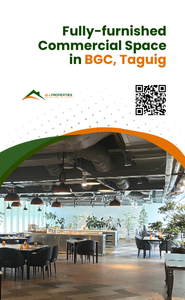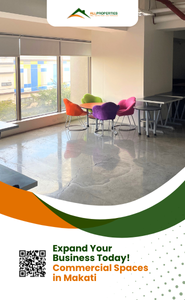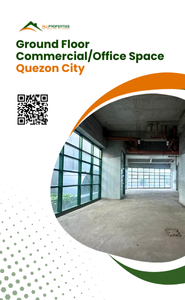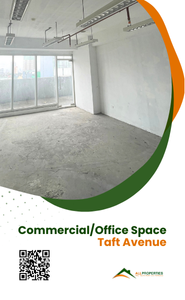Urban Oasis: Interior Designs for Compact City Properties
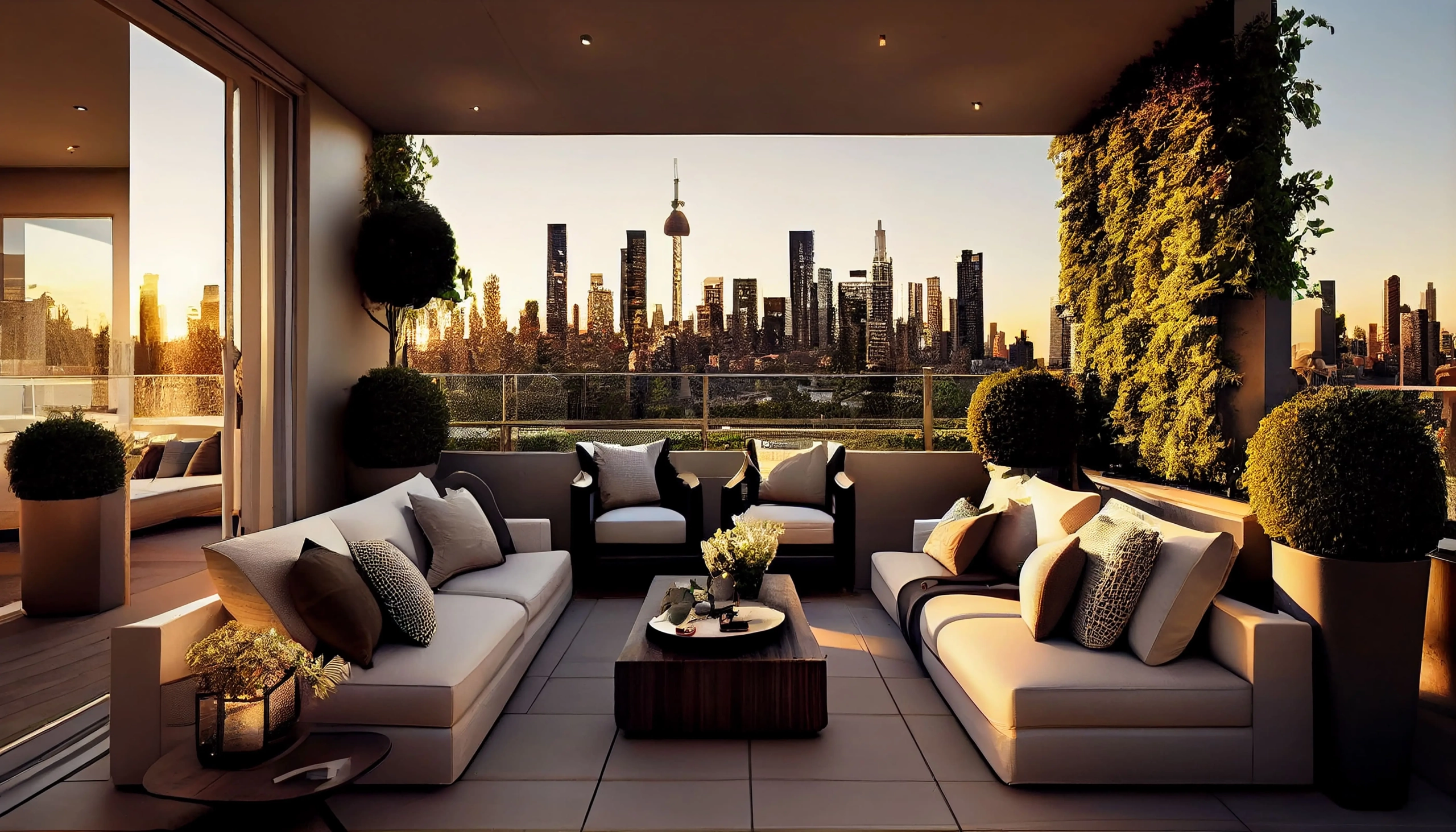
In today’s bustling city landscapes, space is a luxury. But who says limited space means limited style? With the right approach to urban design, any compact city property can transform into a serene urban oasis.
From functional layouts to aesthetic choices, city property interiors hold immense potential to enhance our quality of life. In this article, we delve deep into the realm of compact real estate design, offering expert insights and actionable tips to make the most of every square foot.
The concept of an urban oasis isn’t just about plants or greenery. It’s about creating a peaceful refuge amid the urban chaos. It’s where city property interiors merge with thoughtful design to offer a sanctuary for its inhabitants.
RELATED: Urban Redevelopment: Breathing New Life into Old City Centers
Understanding the Essence of Urban Design
Urban design isn’t just about aesthetics. It’s about functionality, comfort, and utilizing space smartly.
The essence lies in creating multi-functional areas that serve more than one purpose. For instance, a window sill can double as a reading nook, or a wall can serve as storage with built-in cabinets.
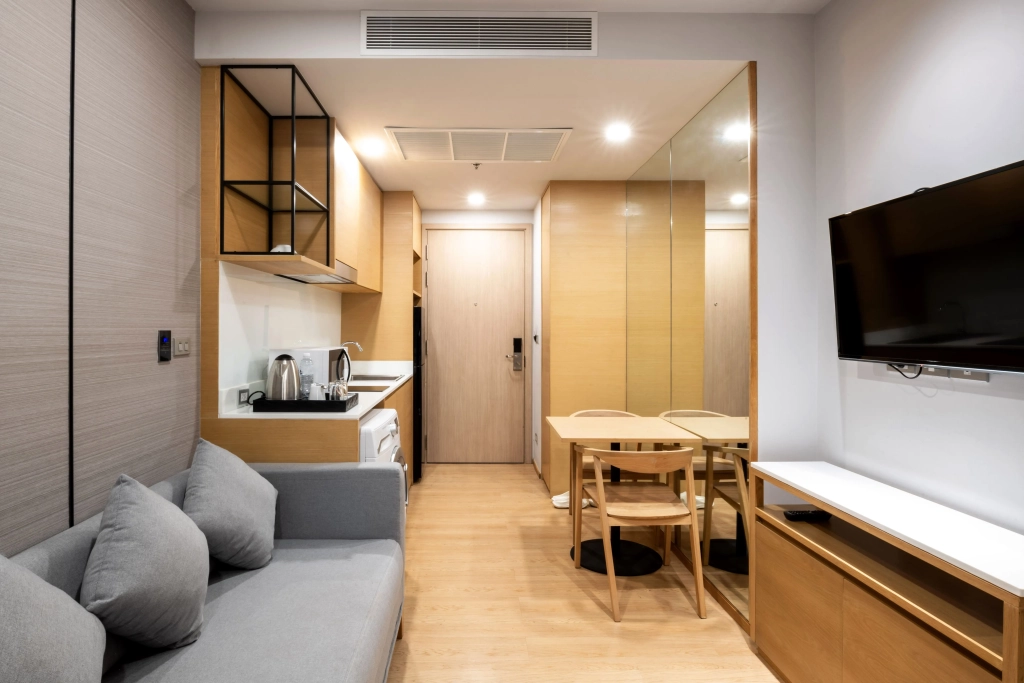
Embracing the Compact Real Estate Design
Compact properties might seem restrictive, but they offer a unique canvas for creativity. It’s the constraints that push us to think out-of-the-box, leading to designs that are not only space-efficient but also innovative.
The Role of Light and Space
Natural light plays a pivotal role in amplifying the sense of space. Leveraging mirrors, using light hues, and having transparent furniture can work wonders in making a compact property feel airy and spacious.
City Property Interiors: Going Vertical
When horizontal space is at a premium, it’s time to think vertically. Wall-mounted shelves, vertical gardens, and hanging storage solutions can be game-changers for city property interiors.
Incorporating Nature in Urban Settings
An urban oasis is incomplete without a touch of nature. Incorporate indoor plants, use natural materials like wood and stone, or even have an indoor water feature to bring nature inside.
Innovative Furniture Choices
Opt for furniture that’s flexible and multi-functional. Think foldable desks, extendable dining tables, or beds with storage underneath. The right furniture can drastically enhance space utility.
Ensuring Flow and Harmony
A cohesive design ensures a seamless flow in the interiors. Stick to a consistent color palette, use similar materials, and maintain a balance between different elements to achieve harmony.
Turning Challenges into Opportunities
Every compact city property comes with its set of challenges. But with the right approach to urban design, these challenges can turn into unique design opportunities. Be it a peculiar nook or an awkwardly placed column, each quirk can be used to add character to the space.
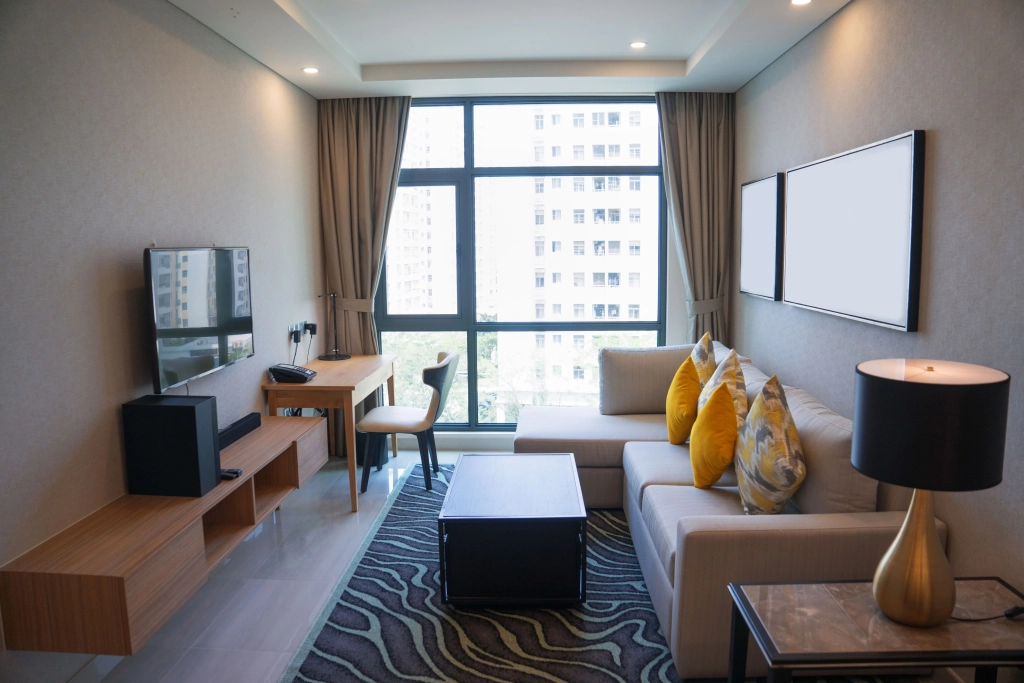
Expert Tips for Beginners on Urban Design
Diving into the world of interior designs for compact city properties can be both exciting and overwhelming.
While urban properties come with their unique set of challenges, they also offer a canvas for some of the most innovative and personalized designs. For those just embarking on their urban oasis journey, here’s a guide to some tried-and-tested tips:
Less is More
When dealing with limited space, every inch counts. This mantra stands true for urban designs where minimalism can be your best friend.
Avoid Clutter
It’s easy to accumulate items over time, but a cluttered space can make a compact area feel even more cramped. Regularly declutter, and ensure that each item in your space adds value or has a specific purpose.
Choose Each Item Carefully
Instead of going for quantity, focus on quality. A few well-chosen, high-quality pieces can elevate the look and functionality of your space more than numerous average ones.
Prioritize
Every individual has different needs and lifestyles. Recognizing and prioritizing these can be the foundation of a design that’s both functional and personal.
Understand Your Needs
List down your daily activities and identify which ones require dedicated spaces. For instance, if you work from home, a quiet and comfortable workspace would be a priority.
Design Accordingly
If you’re someone who entertains guests often, ensure you have a welcoming living area with flexible seating options. If cooking is your passion, then a well-equipped, functional kitchen should be your focal point.
Seek Inspiration but Personalize
While it’s great to seek inspiration, remember to add your personal touch to make the space truly yours.
Websites and Magazines
Platforms like Pinterest or design magazines are treasure troves of design ideas. You can find inspiration for any style, be it bohemian, modern, rustic, or a mix!
Add a Personal Touch
While replicating a design from a magazine or website can be tempting, it’s essential to infuse your personal style. Maybe it’s a family heirloom, a collection of books, or artwork you’ve created – these personal touches turn a house into a home.
Consult with Professionals
Even if you’re designing on your own, getting a professional’s opinion can offer fresh perspectives and uncover potential challenges.
Multi-functionality is Key
In compact spaces, items that serve multiple purposes can be lifesavers.
Furniture Choices
Think of sofa beds, ottomans with storage, or dining tables with drawers. These pieces not only save space but also add to the functionality of the room.
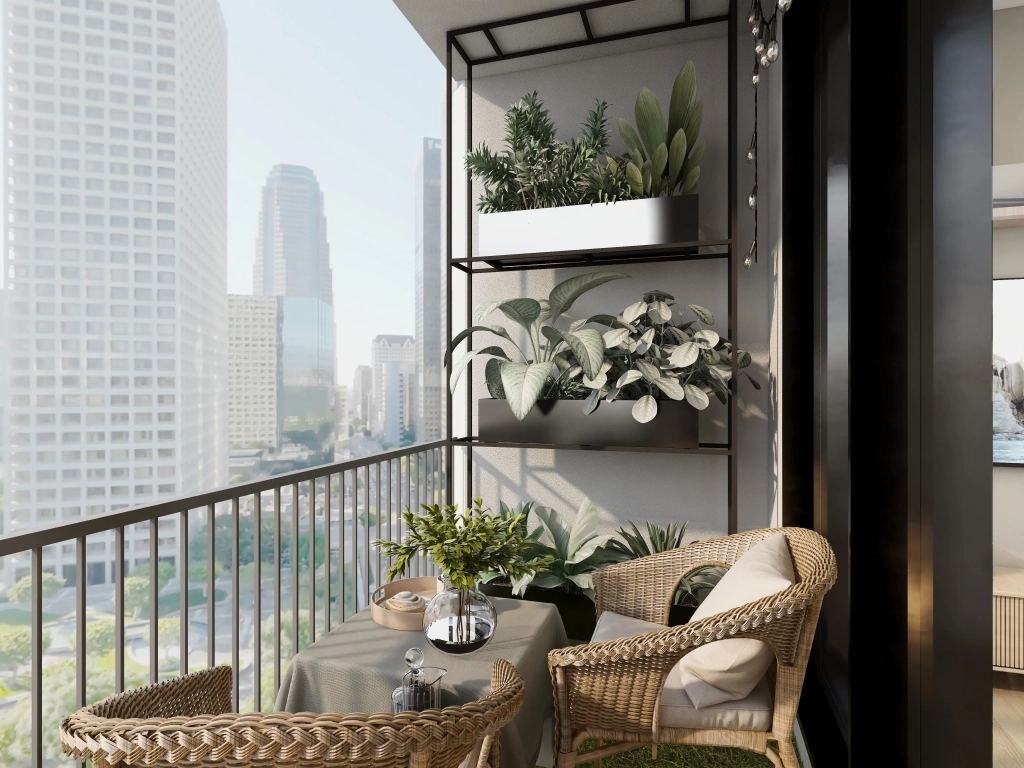
Design Solutions
Retractable partitions or movable walls can help you easily switch between an open layout and separate rooms, giving you flexibility as per the occasion or need.
Play with Light and Illusion
The way you handle light can dramatically impact how spacious a room feels.
Maximize Natural Light
Use sheer curtains or blinds that allow sunlight to filter in, making the space feel airy.
Mirrors
Strategically placing mirrors can create an illusion of depth and double the amount of perceived space.
Invest in Quality Over Quantity
Instead of filling your space with many items, invest in fewer, high-quality pieces that will last longer and add a touch of luxury to your interiors.
Transforming a compact city property into an urban oasis is more than just an interior design task. It’s about enhancing lifestyles, improving well-being, and creating spaces that resonate with the inhabitants.
With the right blend of creativity, functionality, and aesthetics, even the tiniest of spaces can feel like a spacious sanctuary. Remember, it’s not about the size of the property, but the quality of design that makes it a true urban oasis.
FAQs
How can I make my small apartment feel bigger?
Use light colors, bring in natural light, incorporate mirrors, and opt for multi-functional furniture to enhance the sense of space.
Is it expensive to design a compact property?
Not necessarily. With smart choices and prioritizing needs, you can design on a budget.
How often should I redesign or redecorate?
There’s no fixed rule. Whenever you feel the need for a change or when your needs evolve, you can consider redesigning.
Can I design on my own or should I hire a professional?
While many take the DIY route, having a professional can offer expert insights and might save costs in the long run.
Are plants essential for an urban oasis?
While plants add a touch of nature, an urban oasis can be achieved with materials, colors, and design too. However, plants do enhance the feel.
Read more here: AllProperties Latest Blogs

